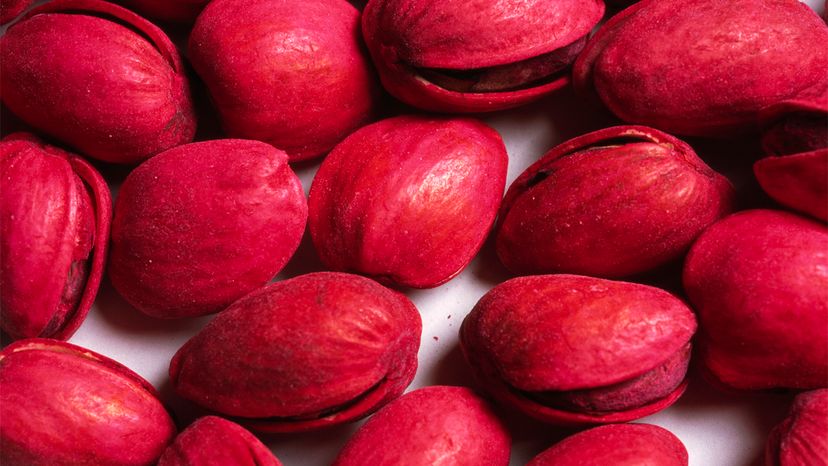
Nostalgia is a heck of a drug. For those of us old enough to remember, red pistachios played a major part in our childhood memories. Times were simpler back then: People called friends from landline phones, they balanced their checkbooks and ate pistachios that dyed their fingers a vibrant red. As kids, we accepted this bizarre side effect from eating a nut (that’s actually a member of the cashew family) and never questioned the color. Now, on Feb. 26, National Pistachio Day, it’s time to revisit this relic of the past and answer two burning questions: Why were pistachios dyed red in the first place, and why aren’t red pistachios around anymore?!
Advertisement

